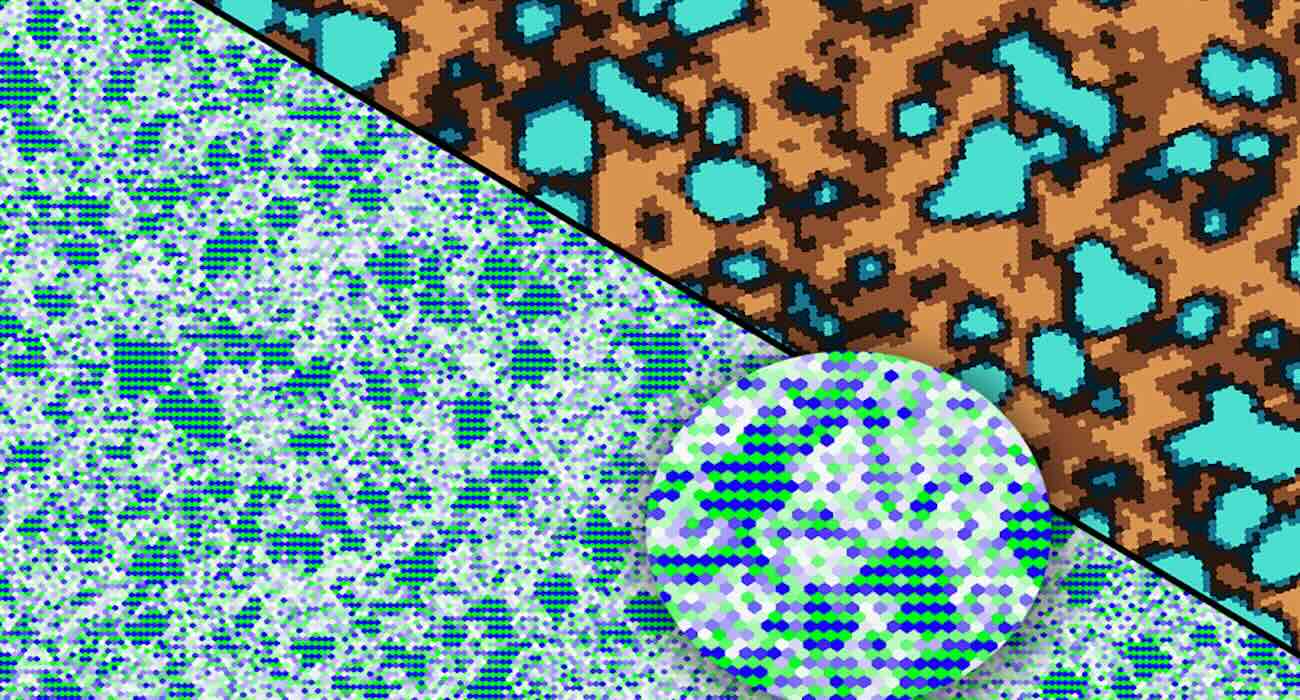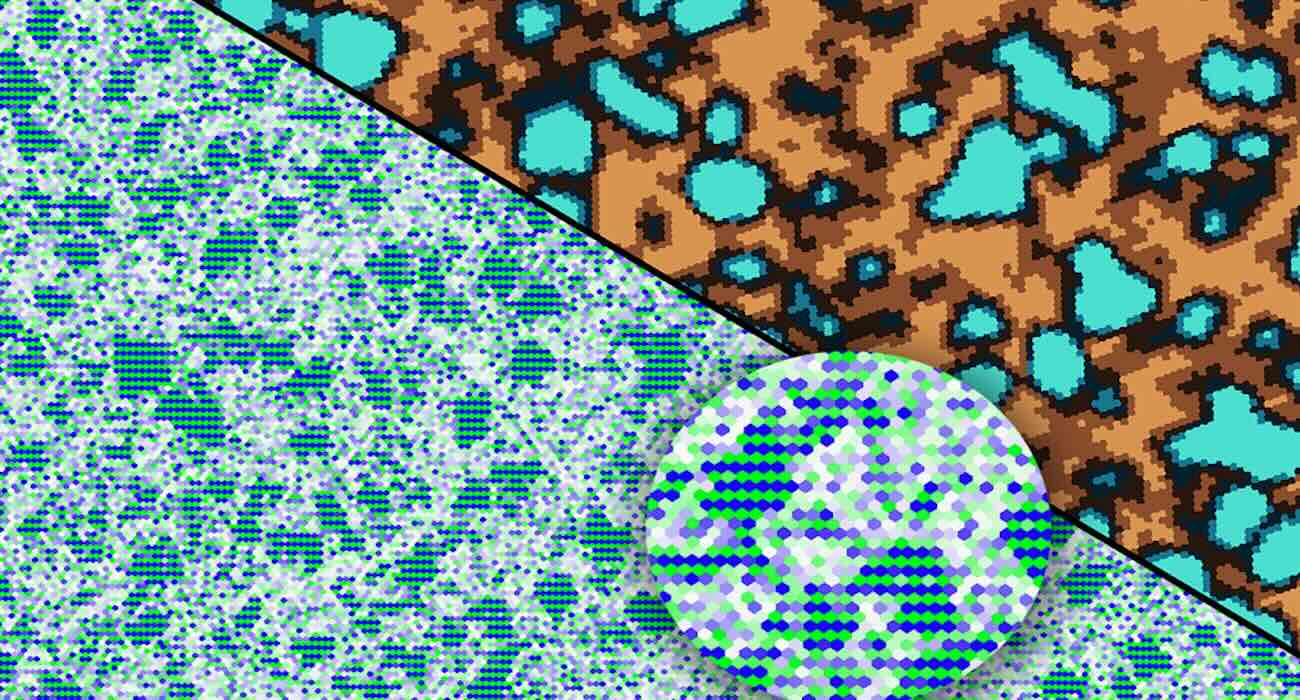
Incorporating machine learning, MIT engineers have developed a way to 3D print alloys that are much stronger.
The new printable metal can withstand high temperatures and is five times stronger than traditionally manufactured aluminum.
It’s made from a mix of aluminum and other elements that the team identified using a combination of simulations and machine learning, which significantly pruned the number of possible combinations of materials to consider to 40—before identifying an ideal mix.
The team then printed the alloy and tested the resulting material, soon confirming that, as predicted, the aluminum alloy was as strong as any manufactured today.
The researchers envision that the new printable aluminum could be made into stronger, more lightweight and temperature-resistant products, such as fan blades in jet engines. Fan blades are traditionally cast from titanium — a material that is more than 50 percent heavier and up to 10 times costlier than traditional aluminum.
“If we can use lighter, high-strength material, this would save a considerable amount of energy for the transportation industry,” says Assistant Carnegie Mellon University Professor Mohadeseh Taheri-Mousavi, who led the work at MIT.
“Because 3D printing can produce complex geometries, save material, and enable unique designs, we see this printable alloy as something that could also be used in advanced vacuum pumps, high-end automobiles, and cooling devices for data centers,” adds John Hart, who was head of the Department of Mechanical Engineering at MIT.
AND GORGEOUS TOO: Wood Scraps Turned into Bulletproof, Fire-Resistant Superwood That’s ‘Stronger Than Steel’
Hart and Taheri-Mousavi provide details on the new printable aluminum design in a paper published in the journal Advanced Materials.
Micro-sizing
The new work grew out of an MIT class Taheri-Mousavi took in 2020 in the Department of Materials Science and Engineering where he learned to use computational simulations to design high-performance alloys using a mix of different elements.
His professor, Greg Olson, challenged the class to design an aluminum alloy that would be stronger than the strongest printable aluminum alloy, keeping in mind the smaller and more densely packed its microscopic constituents, the stronger the alloy would be.
Although the exercise failed to produce a winner in the class, it made Taheri-Mousavi wonder: Could machine learning do better?
“At some point, there are a lot of things that contribute nonlinearly to a material’s properties, and you are lost,” Taheri-Mousavi says. “With machine-learning tools, they can point you to where you need to focus, and tell you for example, these two elements are controlling this feature. It lets you explore the design space more efficiently.”
In the new study, she continued where Olson’s class left off.
The machine-learning approach revealed a recipe containing aluminum and five other elements that resulted in higher strength—even higher than what they could identify after simulating over 1 million possibilities without using machine learning.
MATERIAL GENIUS: World’s First All-Timber Wind Turbine Blades are Cheaper, Recyclable, Fire-Resistant and Stronger than Carbon Fiber
To physically produce this new strong, small-particle alloy, the team realized 3D printing would be the way to go instead of traditional metal casting, in which molten liquid aluminum is poured into a mold and is left to cool and harden.
“Here, 3D printing opens a new door because of the unique characteristics of the process—particularly, the fast cooling rate.”
The new alloy’s microstructure consisted of a higher volume fraction of small precipitates, and was stable at high temperatures of up to 400 degrees Celsius—a very high temperature for aluminum alloys.
“Our methodology opens new doors for anyone who wants to do 3D printing alloy design,” Taheri-Mousavi says. “My dream is that one day, passengers looking out their airplane window will see fan blades of engines made from our aluminum alloys.”
(Source: MIT News)


Leave a Reply